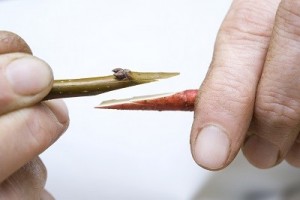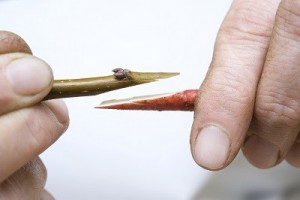 If you’ve ever eaten fruits or vegetables (and let’s hope you have), you have benefited from plants as food. Of course, the plants we eat have been highly modified by growers to produce larger and sweeter fruit, or heartier vegetables.
If you’ve ever eaten fruits or vegetables (and let’s hope you have), you have benefited from plants as food. Of course, the plants we eat have been highly modified by growers to produce larger and sweeter fruit, or heartier vegetables.
There are three basic ways to create plants with new, more desirable traits:
Please login or register to read the rest of this content.


There is no video on this page 🙂
Is there an experiment here that I am missing or is this just a reading page?
That’s the question, isn’t it? We don’t really know what effects chemicals have on the body, including a growing one like for kids, so it’s usually best not to mess with it until we have more information. This experiment was just for your educational information about what science can do, not as a suggestion for how to grow taller. 🙂
Science usually asks 3 main questions:
1. what is it?
2. how/why is it?
3. how does it changes through time?
We know a lot about #1 for most (not all) things, but #2 and especially #3 are still unanswered for a lot of science. We don’t how certain chemicals will interact with the body, for example.
how do you do it and do NOT put chemicals in plants i do not care if they taste better i want to eat healthy food.
Is it the same thing with seedless clementines? Or is it different?
Not quite. Some species you can do this with, while others are incompatible. You can read more about tree grafting here:
http://homeguides.sfgate.com/can-graft-different-types-fruit-trees-together-60466.html
http://en.wikipedia.org/wiki/Grafting
So, if I put many different branches on a tree then I’ll have like an assortment of trees in one tree?